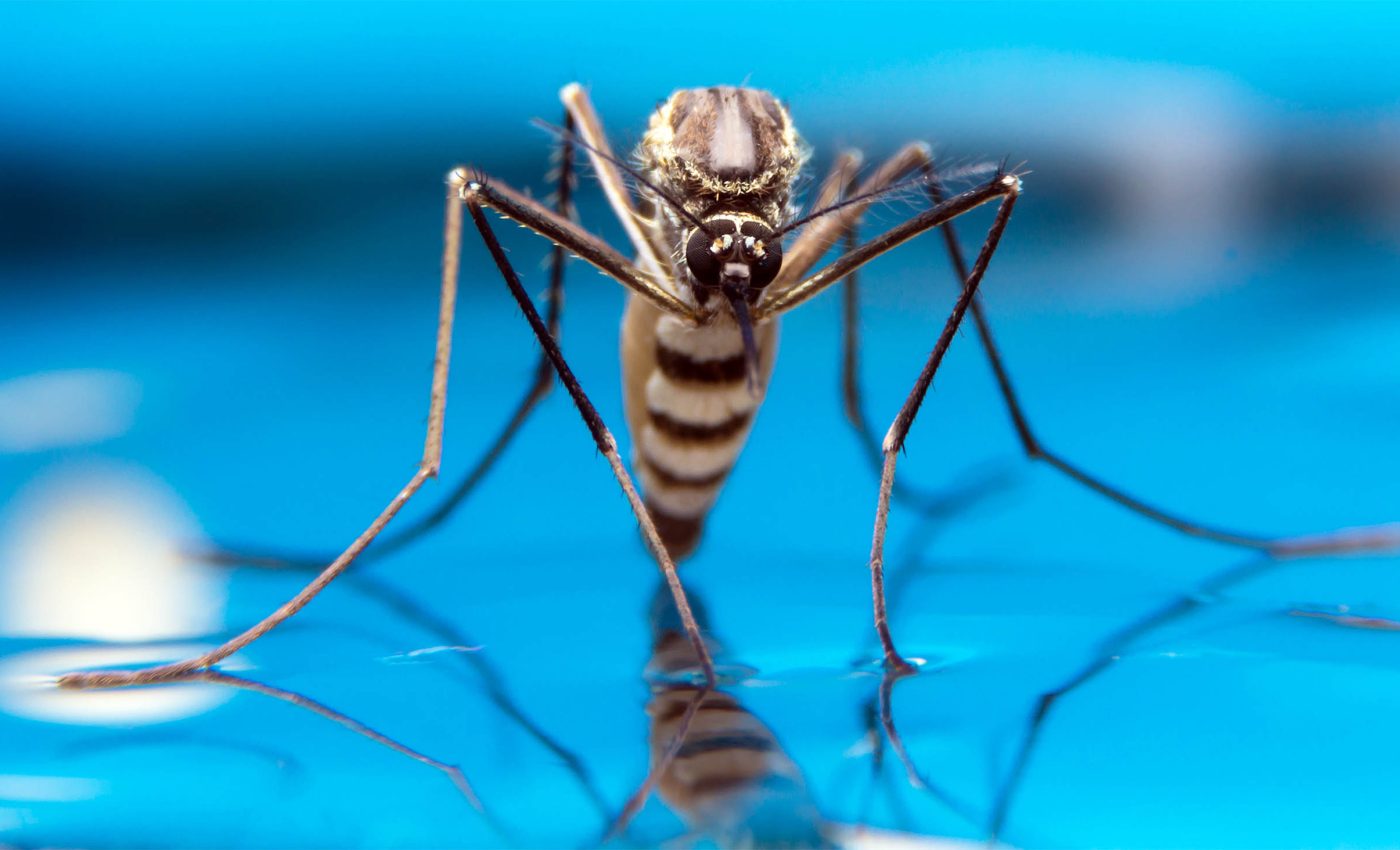
Scientists confirm that mosquitoes are now living in Iceland for the first time ever
Iceland has just recorded its first mosquitoes – three Culiseta annulata found near Kiðafell in Kjós in mid-October 2025.
Two females and one male were caught on a red wine rope used to attract moths about 20 miles north of Reykjavík. The species were confirmed by the Icelandic Institute of Natural History.
The discovery ends Iceland’s long mosquito-free streak and raises a pressing question: can this cold-adapted species survive here – and what might that mean for public health?
Why Iceland has never had mosquitoes
Iceland has never hosted a permanent mosquito population because its climate has always disrupted the insect’s life cycle.
Mosquito eggs and larvae need several warm, stable weeks – usually above about 50 °F (10 °C) – to develop in shallow, still water.
Iceland’s summers run short and cool. Even in July you can get sudden cold snaps that freeze ponds and puddles overnight.
Those rapid freeze-thaw swings act like an annual reset button, killing off developing larvae before they can mature.
Combine that with Iceland’s cold groundwater, which feeds their wetlands, and you’ve got mosquito nursery pools that rarely stay warm long enough for the eggs and larvae to mature.
Without a group that can breed and then survive winter successfully, the population flickers out every time.
How mosquitos now survive in Iceland
Culiseta annulata is common across Europe and the British Isles. This mosquito has a knack for staying active late into the year – a trait documented in the UK health agency’s species profile.
Research has shown that Culiseta annulata can survive the winter season by sheltering in basements and outbuildings where temperatures stay above deep freeze.
Classic field work in southern England showed females pass winter without a true dormancy, moving between short cold induced rests and feeding when conditions allow.
That ability lines up with the October find in Iceland, which happened before the coldest stretch sets in. It also explains why late fall bites in northern Europe often come from this species rather than summer specialists.
How a mosquito arrived in Iceland
There’s an easy way for a species to reach a new island: trade. Insects travel with goods.
A UK surveillance program has shown that airports, seaports, motorway hubs, and used tire importers are key gateways, repeatedly moving container-breeding mosquitoes across borders.
That does not prove the Iceland specimens arrived on cargo, but it makes the pathway plausible. It also means any long-term presence may depend less on a single arrival and more on the frequency of repeated introductions.
The routes that species use to reach new places can keep replenishing small populations that would otherwise disappear. That’s why tracking where they’re intercepted is just as important as counting how many there are.
Mosquito health concerns in Iceland
For now, the risk picture is modest. In the UK, nuisance biting is linked to several species including Culiseta annulata. Its role in bird viruses is uncertain, according to a national One Health risk assessment.
In other words, this mosquito can bite, but it has not been tied to human outbreaks in northwestern Europe. A vector only becomes a threat when both the pathogen and suitable conditions are present.
There is a difference between a mosquito that annoys and a mosquito that amplifies a pathogen. Iceland would need sustained warm periods, infected hosts, and enough local mosquitoes for a transmission chain to start.
That combination of conditions sets a high bar in Iceland’s cool maritime climate. It’s not impossible – but it’s far from guaranteed.
Warming climate boosts insect survival
A climate attribution analysis found that late May temperatures over Iceland were about 5.4 degrees Fahrenheit hotter due to human-driven warming – and roughly 40 times more likely than they would have been in a cooler past climate.
Warmer spells shift the math for insects that squeak by at the margins. A little extra warmth in spring or early fall can extend the feeding season, help adults survive a bit longer, or let larvae finish development in puddles that would otherwise swing between freeze and thaw.
That does not guarantee establishment, but it does lengthen the window when accidental arrivals can hang on, feed, and reproduce. Short seasonal footholds can appear before a true population forms.
The big caveat is variability. A single harsh cold snap can wipe out a tenuous cohort in minutes, especially outdoors away from shelter.
Citizen science can help
The immediate task is straightforward. Keep an eye on sheltered indoor spaces, basements, barns, and utility rooms where this species is most likely to ride out early winter.
Focused sampling in late fall and late winter would reveal whether adults persist where people store tools or park vehicles.
Diapause, a temporary shutdown that conserves energy in harsh conditions, is not the main strategy for this mosquito, so on warmer days it may still move and feed.
Everyone can help. A sharp photo, a location and date, even noting whether the insect was indoors or out can guide researchers. It’s classic citizen science – and it helps map new species faster.
If more mosquitoes appear, reducing indoor breeding sites will be key. Fixing leaks, covering water barrels, and sealing gaps in sheds or outbuildings can eliminate the sheltered spots that help stragglers survive.
—–
Like what you read? Subscribe to our newsletter for engaging articles, exclusive content, and the latest updates.
Check us out on EarthSnap, a free app brought to you by Eric Ralls and Earth.com.
—–













